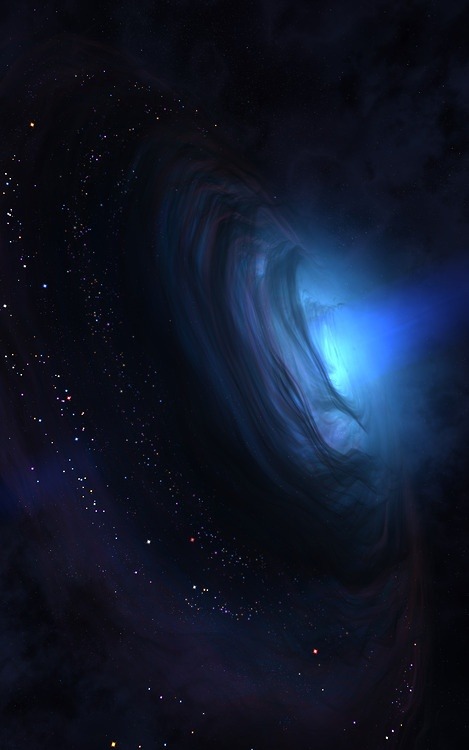Theres A Giant Burning Orb In The Sky And It Can Burn Your Flesh, It Can Give You Diseases, It Can Kill
theres a giant burning orb in the sky and it can burn your flesh, it can give you diseases, it can kill you, looking directly at it causes physical pain, and we all think this is okay. we like this orb. we like to go outside and lie around on our backs when this orb is in the sky. children draw cute pictures of this levitating death orb with a smiley face on it. what is wrong with us
More Posts from Outofambit and Others
January fanbinding - What the butterflies said


Set myself a 2023 challenge to do a bookbinding project each month for an "actual book", i.e. something with written content rather than blank paper (or where I've made the content, as i partly want to make myself figure out formatting and dealing with an externally defined length). Also trying to use different styles of binding, so some added fun there figuring out what works for each!
I've just finished a reread of the Young Wizards books, so for my first project & pamphlet bind went with a YW fic, the wonderfully heartbreaking 'what the butterflies said' by @sunrisenebula
ORBITAL MECHANICS
Complexity Graphics by Tatiana Plakhova
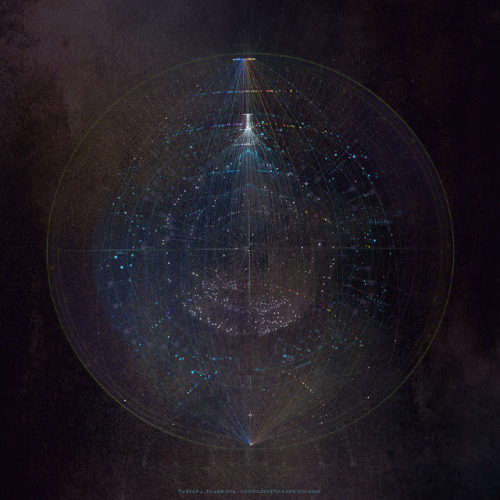
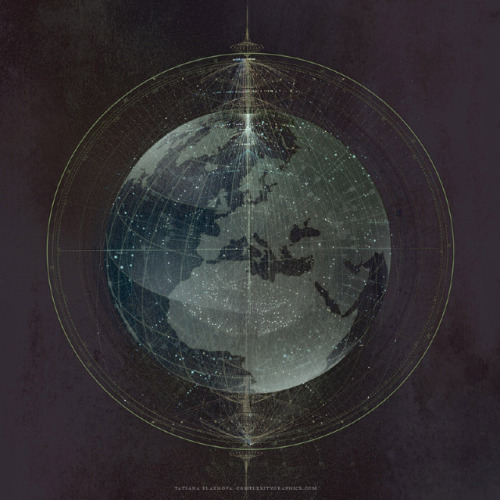
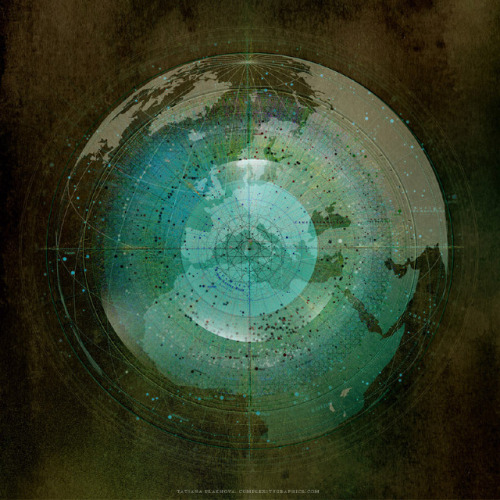
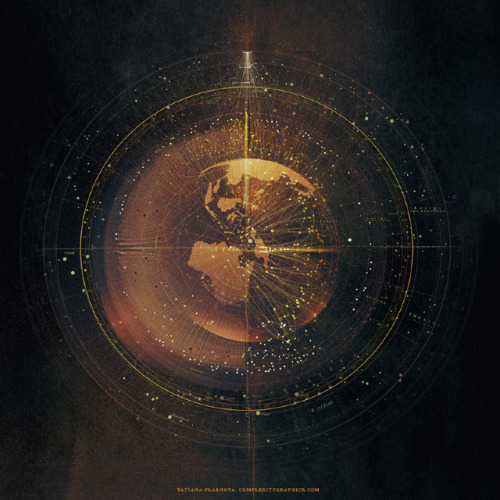
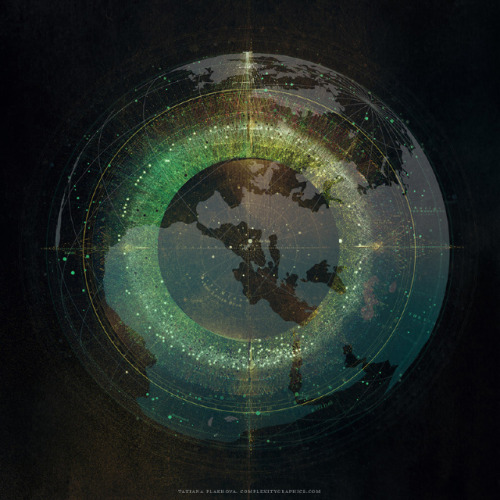
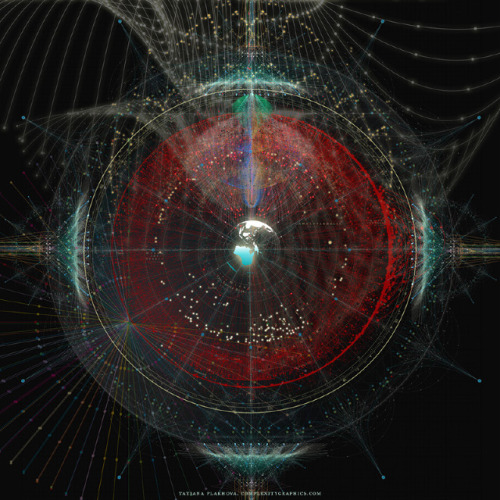
The galaxy sings in B flat. Fifty-seven octaves below middle C, hundreds of thousands of tiny stars with little worlds trailing atmospheres in elliptical orbits. Double-star systems, triple-star, more; planets, civilisations, dark matter, tangible matter, all circling, swarming, humming together in one enormous note, not bumping together but carrying a wave from the centre of their island universe, expanding out into space… Sound cannot exist in a vacuum. This is a widely known fact. And space is a vacuum, sure. But only when you look at it from here, from our tiny little world. Close your eyes, zoom out, and look at the celestial spheres from their view; and space isn’t so thin after all. Close your eyes, zoom in, and even our dense atmosphere is just atoms in a vacuum of their own. Sound as we know it, sure, that doesn’t exist outside our little stardust orb. It’s too small, too fragile. Too like ourselves. But where there’s movement and things to move, there’s sound. Sound waves can be small, only a few thousand nanometres trough-to-crest. And they can be massive, playing the celestial music of the spheres. Because in all that movement, the pulses of our discs and and lights and gravity wells, the stars dance. We are sound, the particles that carry a wave thousands of light-years across. We are the music of the celestial spheres. The galaxy sings in B flat.
Source
anexpansionlikegold
NATASHA I DEMAND YOU HAVE THESE FEELS WITH ME
(via reconfemmandoforares)
Thank you for the welcome! This is one of my oldest fandoms (started reading around the time Wizard's Dilemma came out) and I can't believe it took me this long to make a blog for it... :) I love this fandom's tumblr presence. You're all such lovely people!
Started this blog because everyone needs a place to dump their space porn and YW fandom stuff….right?

Terraformation of Mars: A New Look
We look at Mars now as a forgotten Red Planet that almost seems barren and life-less judging from our available images and study of it. But study shows Mars was once as ecologically prosperous as our own Earth. But what happened to all of its waters? Better yet why is it so dry and lacking any plants? Once the abundance of oxygen left and the waters froze over or dried off the planet became what it is today. But what if we can in a way reactivate’ Mars? Welcome to Mars, Terraformed’.
About Terraforming
Transforming Mars will be a long and complicated process. But this is exactly the type of subject that interests space researchers like Christopher McKay of NASA Ames Research Center. First, greenhouse gases, like chlorofluorocarbons that contribute to the growing ozone layer on Earth, will be released into the atmosphere. This traps the heat from the Sun and raises the surface temperature by an average of 4 degrees Celsius. In order to achieve this, factories would manufacture chlorofluorocarbons derived from the air and soil. A single factory would require the power equivalent of a large nuclear power plant.
The increasing temperature would vaporize some of the carbon dioxide in the south polar cap. Introducing carbon dioxide into the atmosphere would produce additional warming, melting more of the polar cap until it has been vaporized completely. This would produce an average temperature rise of 70 degrees Celsius.
With the temperature this high, ice will start melting, providing the water needed to sustain life. This water would raise the atmospheric pressure to the equivalent of some mountaintops. While this would be a survivable level, it may still require the use of an oxygen mask. The next step, which may take up to several centuries, would be to plant trees that thrive on carbon dioxide and produce oxygen.

NASA: Terraforming Mars
Terraforming is the process of transforming a hostile environment into one suitable for human life. Being that Mars is the most Earth-like planet, it is the best candidate for terraforming. Once just the subject of science fiction novels, it is now becoming a viable research area. The famed astronomer and Pulitzer prize winner, Carl Sagan, says that there is enormous promise in the search for ancient life on Mars. If life was once sustainable on Mars, it is important to know what caused Mars to evolve into the cold and lifeless planet it is today. With this knowledge, we can terraform Mars by reversing the process.
NASA scientists believe that it is technologically possible at the present time to create considerable global climate changes, allowing humans to live on Mars. But this will not be by any means an easy task. Raising the atmospheric pressure and surface temperature alone could be achieved in a few decades.
This research has strong environmental implications for Earth. What researchers are trying to do involves global warming, a sort of greenhouse effect on the cold planet Mars. Scientists may be able to test their hypotheses about global warming in their attempts to elevate Mars’ surface temperature. Likewise, once theories, they may be applied to our own planet in an attempt to reverse environmental damage done by pollution and deforestation.

Still breathing hard from what she’d been through, Dairine turned away and walked back to the house, slowly, and went into her room and shut the door. And only then did she allow herself, somewhat later, the very smallest smile.
At Ebooks Direct: Our Pride Month Bundle is 50% off!

Caution! These works contain: homosexuals, bisexuals, lesbians, pansexuals, asexuals, polyamorous folks, genderfluid humans and nonhumans, and two (or maybe three) varieties of queer magic-users, as well as gay science-users, wizards, and Dragons.
And they’ve all been there since 1979.
Welcome to one universe where whom you love and how your genders intersect is between you, your lover(s), and the Goddess. And another where wizards come in so many species and sexualities that getting sniffy about something as wildly variable as local sex and gender may well be seen as kind of provincial… when you’re just one more of a million kinds of humanity, and the serious question is: “Never mind the tentacles—do you think we can date?”
The Pride Month Bundle contains:
The Door Into Fire*
The Door Into Shadow*
The Door Into Sunset*
Tales of the Five #1: The Levin-Gad
Tales of the Five #2: The Landlady
Sirronde’s World #1: The Span
Sirronde’s World #3: Parting Gifts (SW #2 not yet written)
Tales of the Middle Kingdoms #1: Lior and the Sea
Additionally, it contains the Tales of the Middle Kingdoms novella, Overdue—available only at Ebooks Direct as a standalone purchase, in this collection, and in the whole-store “I Want Everything You’ve Got” collection.
And finally, from the Young Wizards universe, the Pride Month Bundle contains the matter-of-fact exit from the (contextual) closet of two of the best-loved characters in the series—Advisory wizards Tom Swale and Carl Romeo—on their first canonically-“out” (ad)venture as a couple:
Owl Be Home For Christmas
Click here to get the 2024 Pride Package!
(And if you've got one already, or aren't interested in the offer, would you consider reblogging for the attention of others? Please & thank you!)
UK friends: due to Brexit, we regret that we are no longer able to sell ebooks into Britain. Our apologies that this offer is therefore not valid in the UK.
*Gaylaxic Spectrum Awards Hall of Fame winner

The Tinker Bell Triplet.
Using ESO’s Very Large Telescope, an international team of astronomers has discovered a stunning rare case of a triple merger of galaxies. This system, which astronomers have dubbed ‘The Bird’ - although it also bears resemblance with a cosmic Tinker Bell - is composed of two massive spiral galaxies and a third irregular galaxy.
Image Credit- ESO.

Russian shorthand. 19th c.
-
 xstick-noodlesx reblogged this · 2 weeks ago
xstick-noodlesx reblogged this · 2 weeks ago -
 lady-of-the-spirit liked this · 2 weeks ago
lady-of-the-spirit liked this · 2 weeks ago -
 lilyhargrave reblogged this · 3 weeks ago
lilyhargrave reblogged this · 3 weeks ago -
 coffeeismyaddictionnowsmile liked this · 3 weeks ago
coffeeismyaddictionnowsmile liked this · 3 weeks ago -
 amakai reblogged this · 3 weeks ago
amakai reblogged this · 3 weeks ago -
 amakai liked this · 3 weeks ago
amakai liked this · 3 weeks ago -
 hurr-my-mind-palace-or-whatever liked this · 3 weeks ago
hurr-my-mind-palace-or-whatever liked this · 3 weeks ago -
 australianpenguini reblogged this · 3 weeks ago
australianpenguini reblogged this · 3 weeks ago -
 australianpenguini liked this · 3 weeks ago
australianpenguini liked this · 3 weeks ago -
 dracrownian reblogged this · 3 weeks ago
dracrownian reblogged this · 3 weeks ago -
 schnoi liked this · 3 weeks ago
schnoi liked this · 3 weeks ago -
 certifiedcoffeeaddict reblogged this · 3 weeks ago
certifiedcoffeeaddict reblogged this · 3 weeks ago -
 mothinthecornerofyourroom liked this · 3 weeks ago
mothinthecornerofyourroom liked this · 3 weeks ago -
 the-red-thread-that-strangles reblogged this · 3 weeks ago
the-red-thread-that-strangles reblogged this · 3 weeks ago -
 the-red-thread-that-strangles liked this · 3 weeks ago
the-red-thread-that-strangles liked this · 3 weeks ago -
 asteriteblue reblogged this · 3 weeks ago
asteriteblue reblogged this · 3 weeks ago -
 salternateunreality2 reblogged this · 3 weeks ago
salternateunreality2 reblogged this · 3 weeks ago -
 salternateunreality2 liked this · 3 weeks ago
salternateunreality2 liked this · 3 weeks ago -
 kriimuline-blog liked this · 3 weeks ago
kriimuline-blog liked this · 3 weeks ago -
 stargazing-zani liked this · 3 weeks ago
stargazing-zani liked this · 3 weeks ago -
 flowgninthgil reblogged this · 3 weeks ago
flowgninthgil reblogged this · 3 weeks ago -
 flowgninthgil liked this · 3 weeks ago
flowgninthgil liked this · 3 weeks ago -
 orangesandlemons3 liked this · 3 weeks ago
orangesandlemons3 liked this · 3 weeks ago -
 foreststarflaime reblogged this · 3 weeks ago
foreststarflaime reblogged this · 3 weeks ago -
 foreststarflaime liked this · 3 weeks ago
foreststarflaime liked this · 3 weeks ago -
 kaonarvna liked this · 3 weeks ago
kaonarvna liked this · 3 weeks ago -
 mugknife reblogged this · 3 weeks ago
mugknife reblogged this · 3 weeks ago -
 amazingmagda reblogged this · 3 weeks ago
amazingmagda reblogged this · 3 weeks ago -
 amazingmagda liked this · 3 weeks ago
amazingmagda liked this · 3 weeks ago -
 errantnight reblogged this · 3 weeks ago
errantnight reblogged this · 3 weeks ago -
 sunregular liked this · 3 weeks ago
sunregular liked this · 3 weeks ago -
 errantnight liked this · 3 weeks ago
errantnight liked this · 3 weeks ago -
 unknown-lifeform reblogged this · 3 weeks ago
unknown-lifeform reblogged this · 3 weeks ago -
 silentstep liked this · 3 weeks ago
silentstep liked this · 3 weeks ago -
 mia-675 liked this · 3 weeks ago
mia-675 liked this · 3 weeks ago -
 soawen reblogged this · 3 weeks ago
soawen reblogged this · 3 weeks ago -
 amethyst-winter reblogged this · 3 weeks ago
amethyst-winter reblogged this · 3 weeks ago -
 arthelia reblogged this · 3 weeks ago
arthelia reblogged this · 3 weeks ago -
 arthelia liked this · 3 weeks ago
arthelia liked this · 3 weeks ago -
 chigrima reblogged this · 3 weeks ago
chigrima reblogged this · 3 weeks ago -
 chigrima liked this · 3 weeks ago
chigrima liked this · 3 weeks ago -
 out-there-tmblr liked this · 3 weeks ago
out-there-tmblr liked this · 3 weeks ago -
 2016-homestuck liked this · 3 weeks ago
2016-homestuck liked this · 3 weeks ago -
 eddiedisasterdiaz liked this · 3 weeks ago
eddiedisasterdiaz liked this · 3 weeks ago -
 its-all-ineffable reblogged this · 3 weeks ago
its-all-ineffable reblogged this · 3 weeks ago -
 its-all-ineffable liked this · 3 weeks ago
its-all-ineffable liked this · 3 weeks ago -
 disparatemind reblogged this · 3 weeks ago
disparatemind reblogged this · 3 weeks ago -
 disparatemind liked this · 3 weeks ago
disparatemind liked this · 3 weeks ago -
 elrilsf reblogged this · 3 weeks ago
elrilsf reblogged this · 3 weeks ago
A personal temporospatial claudication for Young Wizards fandom-related posts and general space nonsense.
288 posts
